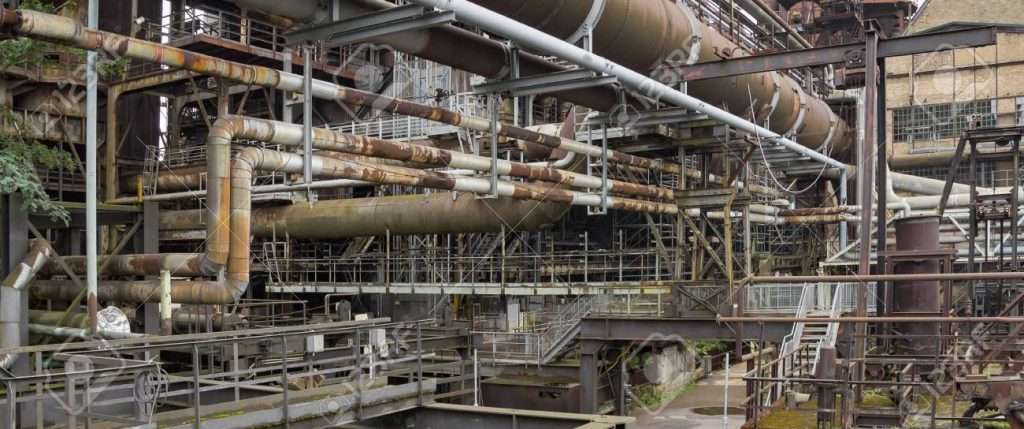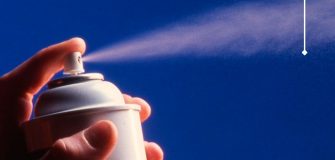Guidelines for Corrosion Prevention
Corrosion Prevention is crucial as degradation of the material is one of the most common reasons which render a material useless. Degradation can be divided into two categories, namely natural and artificial and the most common type of natural degradation is corrosion. It affects many different types of materials, like iron, zinc and galvanized metal, many of which are used as construction materials, machinery and articles of daily use.
Corrosion, being an irreversible process, not only leaves the metal weak and brittle but also requires a significant expenditure in preventing it, so as to increase the life of the material.
Frequently Asked Questions- Corrosion Prevention
A protective coating is a layer of material applied to the surface of another material with the intent of inhibiting or preventing corrosion. Materials used for metallic protective coatings include zinc, aluminium and chromium.
Lubricant are formulated with additives that form chemical bonds with the surfaces to prevent corrosion and rust. It reduces corrosion between two metallic surfaces and avoids contact between these surfaces to avoid immersed corrosion
There are 5 types of corrosion: Galvanic Corrosion, Uniform Corrosion, Pitting Corrosion, Erosion Corrosion and Selective Leaching.
Types of Corrosion
Corrosion is described as any form of chemical and physical changes that can change the original properties of a substance leaving defeating the original motive of its use. All materials are prone to corrosion and in order to select the best anti-corrosion, we need to know the types of corrosion a metal undergoes.
Galvanic Corrosion
It is the degradation of a metal near the joints and happens when two electrochemically dissimilar elements are in contact in an electrolytic environment. This causes one of the metals to coat over another metal.
Uniform Corrosion
This type of corrosion usually happens in metals like iron where a different metal covers the surface of the original metal, gradually changing its properties like hardness or flexibility. It is the most benign and is accelerated by factors like moisture, temperature and exposure to air.
Pitting Corrosion
This type of corrosion starts from the surface of the metal, and causes small pits to be formed in the crust. This later develops into bigger holes and causes serious damage to the overall structure, the main damage is localised to a small area and thus being difficult to intercept.
Erosion Corrosion
This is caused by the flow of an erosive fluid that comes in contact with the metal surface, and thus causes an accelerated rate of corrosion.
Selective Leaching
This is the selective removal of one element by another from an alloy. They lead to processes like dealuminumification, decobaltification, etc.
Corrosion Prevention Techniques
While corrosion is an inevitable phenomenon, few corrosion prevention & protection techniques and some common tweaks can help you increase the longevity of the material.
Environmental Modification
Environmental factors like reactive gases, moisture, temperature causes an accelerated rate of corrosion. Therefore, keep the material in a dry atmosphere, well protected from reactive gases or metals that can come in contact.
Corrosion Inhibitors
Corrosion inhibitors are substances which react with the corrosive substances in the surrounding and thus maintain an inert atmosphere. They absorb themselves on the metal’s surface thus forming a protective film.
Cathodic Protection
This is done by converting the sites on metal needing protection to cathodic sites. This can be of two types, galvanic protection where an extra metal is introduced to sacrifice them to protect the metal, and impressed current where a DC current is applied to the electrolyte.
Corrosion Protection Coatings
Corrosion as a phenomenon cannot be ignored but can be surely prevented. For that, you need to do a detailed research of metal and types before prevention steps are taken.













